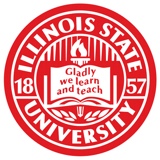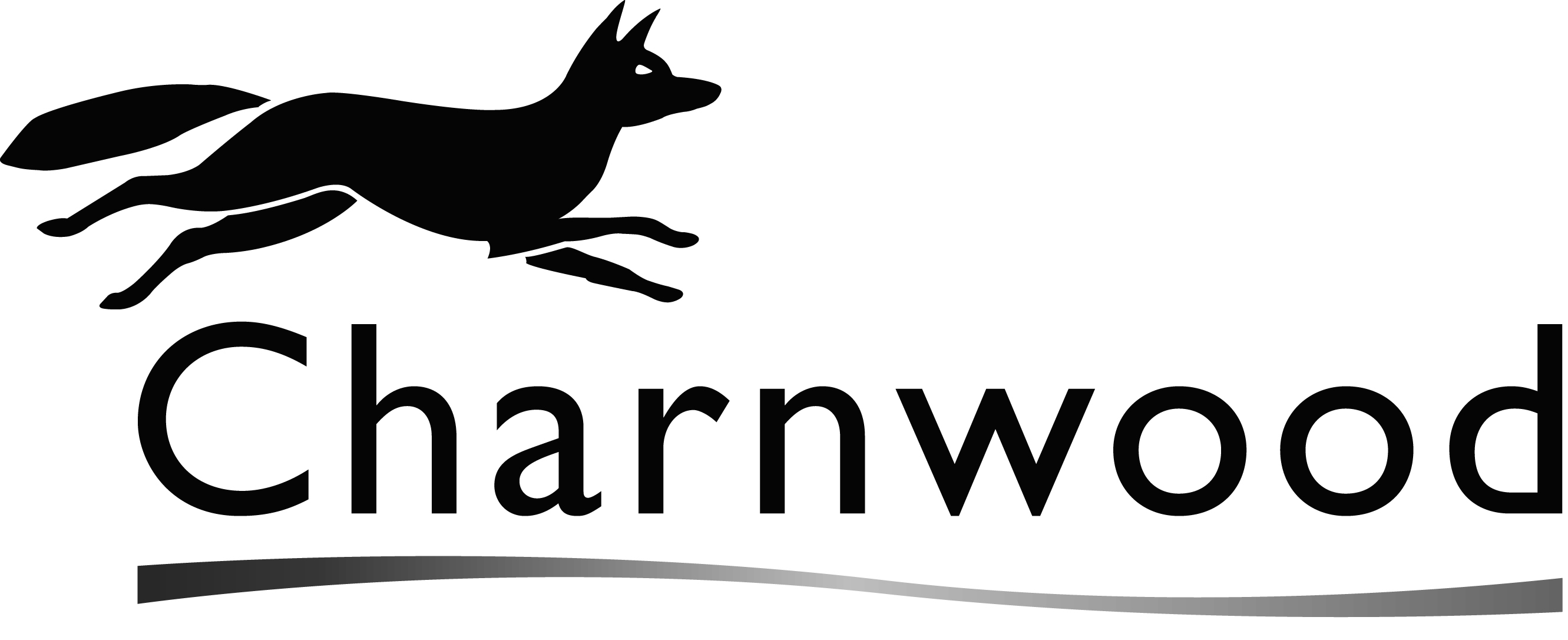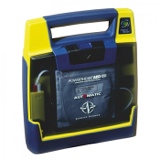Information
-
Document No.
-
Audit Title
-
Client / Site
-
Conducted on
-
Prepared by
-
Location
-
Personnel
Fire and Life Safety
-
Is an 18 inch ceiling clearance maintained in sprinklered areas?
-
Are aisles and passageways kept clear (minimum of 36 inches)?
-
Are illuminated exit signs working?
-
Are fire doors unlocked, not blocked or wedged open?
-
Are doors, passageways, or stairways that are neither exits nor access to exits appropriately marked "Not an Exit" or otherwise identified?
-
Are fire extinguishers available in close proximity to the studio? If so, are fire extinguishers mounted and clearly indicated without obstruction? Are fire extinguishers annually certified and noted on the inspection tag?
-
Has fire extinguisher training been completed for individuals who are expected to use them in the case of a fire?
General Work Environment
-
Are all work areas adequately illuminated?
-
Are all areas of the studio kept clean and orderly and in a sanitary condition?
-
Are floors in the studio kept clean and, so far as possible, a dry condition?
-
Are heavy items stored on lower shelves?
-
Are there adequate means of reaching items stored above shoulder level?
Emergency Planning
-
Are eyewash stations and safety showers available in close proximity (<25 feet) to areas where the eyes and body of any person may be exposed to injurious corrosive materials? If so, have they been inspected on a monthly basis and are they unobstructed?
-
Are first aid kits readily accessible to each work area with necessary supplies, periodic inspection, and replenishment?
-
If chemicals are used in the studio, is an adequate Chemical Spill Kit available and fully stocked?
-
Are tornado shelter/assembly area building maps and an Emergency Guide available in studios with high student occupancy?
-
Have studio faculty and staff been trained on the department's Emergency Response Plan? If so, do occupants know where the areas of shelter and assembly areas are located?
Required Information and Postings
-
Is emergency contact information available or posted near studio telephones?
-
Does the studio have an up-to-date chemical inventory?
-
Does the studio have Safety Data Sheets (SDSs) for all chemicals uploaded into MSDSonline?
-
Are studio safety rules posted?
-
Are areas requiring the use of safety glasses posted?
Employee and Student Safety Training
-
Have employees and students received documented safety awareness training?
Student Supervision
-
Are undergraduate students supervised at all times while using the studio?
-
Is there a written procedure for students working unsupervised?
-
Are students required to purchase art materials from an approved list or are students forbidden from bringing their own art materials?
Individual Workspaces
-
Is there a written contract specifying permitted materials and penalties for non-compliance for students in individual studio spaces?
Personal Protective Equipment (PPE)
-
Does the studio have documentation of PPE Hazard Assessments and applicable training?
-
Are eye and face protection available? Are goggles and face shields available for corrosives? Are industrial safety glasses available for flying particles?
-
Are open toe shoes prohibited in areas where corrosives, open flame, heavy equipment, etc. are used? If so, is this enforced and clearly stated in studio rules?
-
Are adequate protective gloves, aprons, shields, and other means of protection provided against corrosive liquids and chemicals?
-
Are adequate protective measures used for potential light and radiation hazards from furnaces?
-
Are respirators used in the studio by faculty, staff, or students? If so, are employee users included in the Respiratory Protection Program, including medical evaluations, training, and fit tests? Are appropriate respirators and appropriate cartridges used?
-
Are hearing protectors used in the studio by faculty, staff, or students? If so, has a noise assessment been completed to identify high noise areas and applicability of the University Hearing Conservation Program?
Electrical Safety
-
Are flexible cords in good condition and free of splices?
-
Are cover plates in place for outlets and switches?
-
Are circuit breaker panels free from obstruction?
-
Is the studio free of temporary extension cords being used for permanent wiring?
-
Are ground fault circuit interruptors (GFCI) used within six feet of sinks and in wet areas?
-
Are disconnecting switches and circuit breakers labeled to indicate their use or equipment served?
Equipment
-
Are there accessible written procedures for equipment used in the studio?
-
Do all woodworking machines have protective guards and shields in place?
Chemical Management
-
Is there an approved mechanism for introducing new chemicals and processes into the studio?
-
Is chemical storage shelving adequate for imposed loads?
-
Are refrigeration units used for chemical storage labeled NO FOOD OR DRINK?
-
Are refrigeration units used for food labeled FOOD ONLY?
-
Are chemical storage cabinets properly labeled?
-
Are chemical containers clearly labeled with the chemical name and hazard(s) of the chemical?
-
Are good chemical storage practices in place (i.e. storage quantities minimized, outdated chemicals removed, etc.)?
-
Are chemical containers kept closed except during use or transfer?
-
Are chemical storage containers compatible with the chemical and in good condition?
-
Are chemicals segregated to avoid Incompatibilities (i.e. acids and bases, flammables and corrosives, flammables and oxidizers,etc)?
-
Are flammable storage cabinets being utilized for flammable material storage in excess of 10 gallons?
-
Are flammable materials being stored away from potential ignition sources?
-
Are compressed gases properly secured in order to prevent tipping?
-
Are empty compressed gas cylinders marked and stored separately from full cylinders?
-
Are protective valve caps in place for all compressed gas cylinders not in use?
-
Are non-compatible compressed gas cylinders segregated (i.e. oxygen and flammable)?
-
Is spent fixer sent through a silver recovery unit or collected for hazardous waste disposal?
Ventilation
-
Have chemical fume hoods been surveyed within the last 12 months?
-
Are other local exhaust devices surveyed to ensure effectiveness?
-
Is general ventilation (i.e HVAC) adequate for occupants and activities?
-
Are saw dust collectors present?













